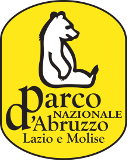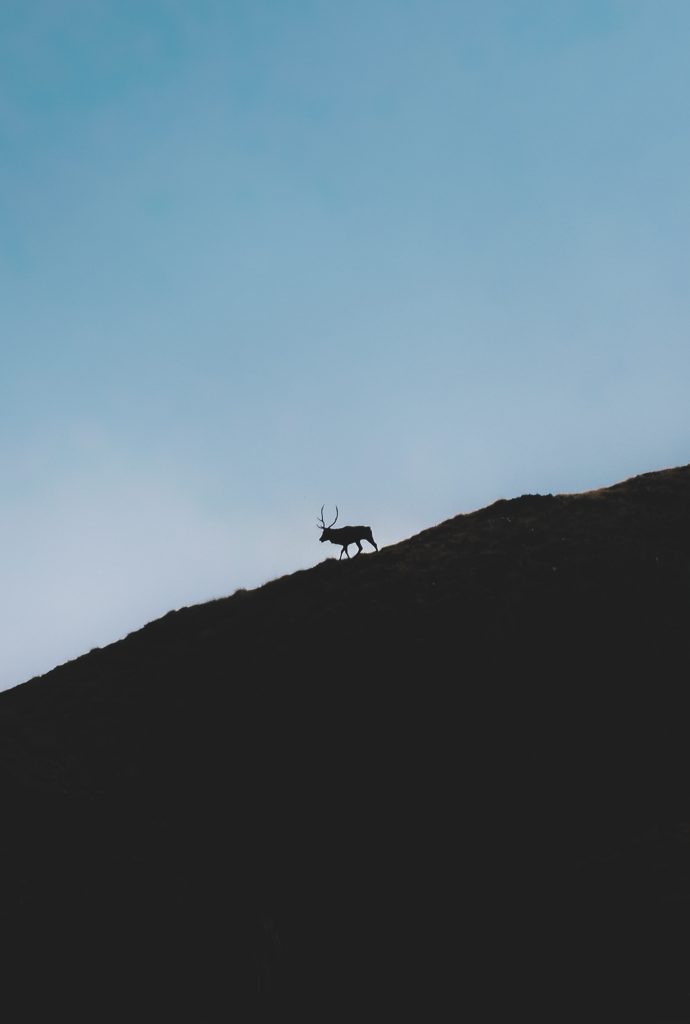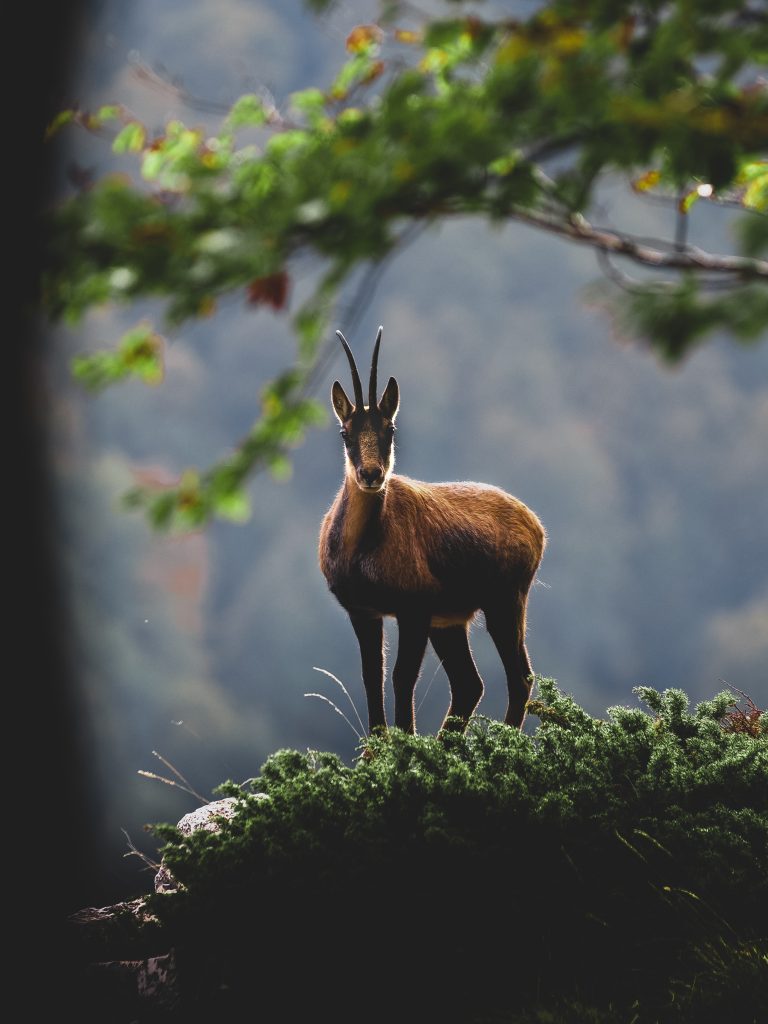ABRUZZO, LAZIO AND MOLISE NATIONAL PARK
LOCATION
Bisegna, Abruzzo
WORKED FOR
National Park
DAYS
7
TYPE
Multimedia production
TRANSPORT
Car, on foot
GEAR
Camera and drone

The Abruzzo, Lazio and Molise National Park is famous in Italy, and a bit all over the world as a model for nature conservation and environmental protection.
Bisegna
- Population: 395
- Elevation: 1,210 metres asl
Park Centres
Roe deer centre with annexed Park Local Office and Museum.
Walks and excursions
- V1 Bisegna (cemetery) – Macchia di Rose – Terraegna
km 10.700 – 4h (Excursion) - W4 Bisegna (cemetery) – Fonte Cerasa
km 1.260 – 0h 30 (Excursion) - A1 Bisegna Fonte d’Appia – Rif.Prato Rosso – Pescasseroli
km 19.510 – 5h 30 (Excursion) - W2 Valle di Fonte d’Appia – La Carrozza
km 3.300 – 1h 10 (Excursion) - W3 Valle di Terraegna – Villalago
km 7.730 – 4h (Demanding Excursion)
Monuments
The medieval town features a pentagonal tower (XIII-XIV century) and an ancient bell tower, as well as coats of arms of the Piccolomini family, Counts of Celano.
In the hamlet of San Sebastiano (3 km far from Bisogna), ancient dwellings are grouped around the church of the same name.
Interesting places
Pianoro del Templo, where ancient legends are set.
Traditions
Out of Bisegna, in a place called San Giovanni, there is a spring, whose water may help prevent skin diseases, especially scabies. Here, on the morning of St. John’s Day (June, 24th), a unique ceremony takes place, which is known as “comparatico”: following an ancient ritual, people who want to establish a life-long mutual assistance pact become “compari”.
Girls looking for a husband traditionally drink the spring water in the night between June 23rd and 24th.



The Park
Facts and figures
- Establishment: The Park was first established in 1922 as private initiative, the year after became a state institution by law.
- Surface: 50.000 hectares, with about 80.000 hectares of buffer zone;
- First nucleus (1922) 500 hectares;
- Enlargements: 17.500 hectares in 1923, 10.000 hectares in 1925, 2000 hectares in 1926, 10.000 hectares in 1977, 4.000 hectares in 1990, 6.000 hectares in 2000
- Municipalities: Alfedena, Alvito, Barrea, Bisegna, Campoli Appennino, Civitella Alfedena, Castel S.Vincenzo, Filignano, Gioia dei Marsi, Lecce nei Marsi, Opi, Ortona dei Marsi, Pescasseroli,Picinisco, Pizzone, Rocchetta a Volturno, San Biagio Saracinisco, San Donato Val Comino, Scanno, Scapoli, Settefrati, Villavallelonga, Vallerotonda, Villetta Barrea.
- Rivers: Sangro, Giovenco, Volturno, Melfa;
- Lakes: Barrea, Vivo, Pantaniello, Scanno, Montagna Spaccata, Castel San Vincenzo, Grottacampanaro, Selva di Cardito;
- Peaks: Petroso (2.249 metres), Marsicano (2.245 metres), Meta (2.242 metres), Tartaro (2.191 metres), Altare (2174 metres), Jamiccio (2.074 metres), Cavallo (2.039 metres), Palombo (2.013 metres);
- Visitors Centers (dedicated to): Pescasseroli (Nature + zoo); Civitella Alfedena NAP –point (Wolf museum); Villetta Barrea (Water); Opi (Chamois); Bisegna (Roe deer); Castel San Vincenzo (Apennine fauna); Pizzone (Bear); Villavallelonga (Bear); Ortona dei Marsi (Flora); Campoli Appennino (Bear);
- Faunistic areas (large enclosures with animals): Civitella Alfedena (Wolf and linx), Villavallelonga (Bear and red deer).



Zoning system
The Park territory is divided in 4 different zones:
- Zone A – Integral Reserve (strict protection area):
- In this zone access is allowed only with a permit, mainly for scientific research purposes.
Tourists must go confined to tracks, and numbers are generally limited.
- In this zone access is allowed only with a permit, mainly for scientific research purposes.
- Zone B – General Reserve:
- This area consists mainly of forest, mostly beech, and meadows. In this zone the park allows the continuation of traditional activities, such as collecting wood for fuel and crafts, collecting truffles and other wild mushrooms.
- Zone C – Protected Landscape:
- This area is formed mainly by farmland along the flat alluvial area of the valleys, and is still managed in traditional ways.
- Zone D Development zone:
- This is the area where the villages are located.
The park, besides being the oldest national park in Italy, is also the richest in biodiversity.
Here lives one of the rarest world species, the Marsican brown bear, that can weigh more than 200 kg. The population of this plantigrade with a very solitary, quiet behaviour doesn’t reach 100 individuals.
They feed on what nature offers: fruits, berries, grass, insects, honey, plants, roots and other animals.
In the Park live also the endemic Apennine Chamois, the Apennine wolf, the red deer, the roe deer, the wild boar, the golden eagle and the white-backed woodpecker, together with many other species, composing an exceptional biodiversity.
